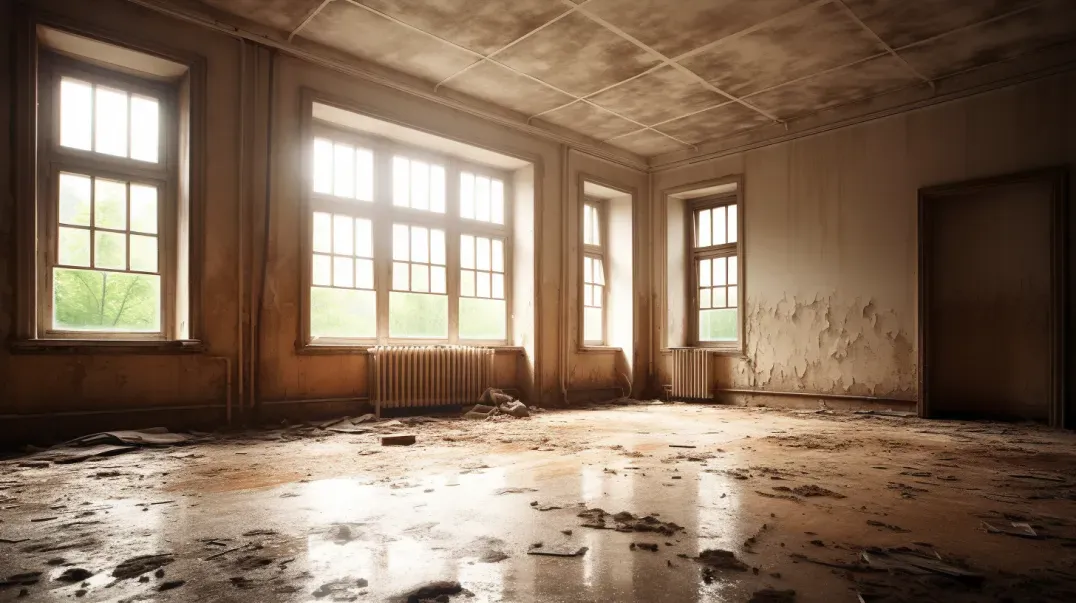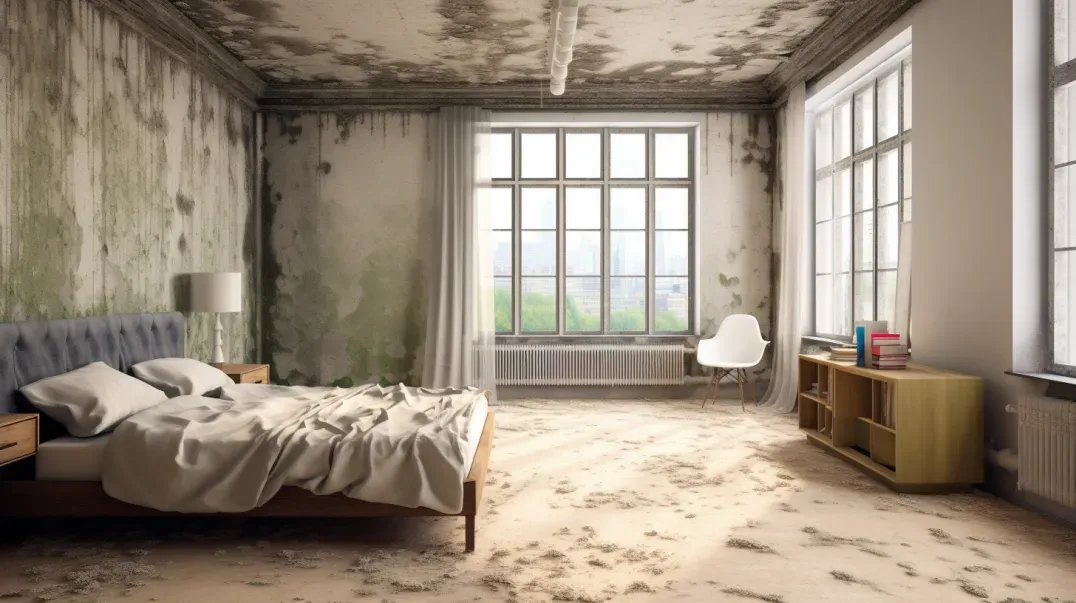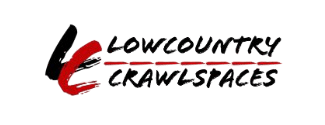Essential Tips for Mold Prevention in Humid Climates
In the quest for well-being, the significance of a healthy living environment cannot be overstated. Our homes are not just physical structures that shelter us from the elements; they are the backdrop to our daily lives, influencing our health, mood, and overall quality of life. However, maintaining a healthy living environment requires more than occasional cleaning and maintenance. It demands a proactive approach, anticipating and addressing potential health hazards before they become problems. This blog explores the critical importance of taking proactive measures to ensure our homes remain safe, comfortable, and conducive to our well-being.
A proactive approach to home health encompasses a broad spectrum of actions, from regular maintenance and humidity control to the use of non-toxic materials and the integration of natural elements. It involves being vigilant about indoor air quality, understanding the impact of household products on our health, and recognizing the role of design in promoting a healthy living space. By adopting proactive measures, homeowners can prevent issues such as mold growth, indoor pollution, and structural problems that can adversely affect health over time.
Moreover, a proactive stance on home health is not just about preventing problems; it's about creating a positive living environment that actively supports well-being. This includes enhancing natural light, improving air quality with plants, and choosing furniture and materials that do not emit harmful chemicals. It's about creating spaces that are not only safe but also nurturing, ensuring that our homes are places where we can thrive.
Join us as we delve into the importance of proactive measures in maintaining a healthy living environment. We'll explore practical strategies for preventing common health hazards, tips for enhancing the health-promoting aspects of your home, and the latest trends in healthy home design. Whether you're a new homeowner or looking to make your current space healthier, this exploration will provide you with the knowledge and tools to take control of your living environment, making it a foundation for good health and well-being.
Understanding Mold in Humid Climates
Living in a humid climate presents unique challenges for homeowners, particularly when it comes to controlling mold growth. The constant battle against moisture can feel daunting, but understanding the dynamics of mold in these environments is the first step toward maintaining a healthy home. This section explores why humid climates pose a greater risk for mold proliferation and how to identify mold-prone areas within your home.
Why Humid Climates Pose a Greater Risk
Explanation of How High Humidity Levels Contribute to Mold Growth: Mold spores are present almost everywhere, both indoors and outdoors. However, they only become a problem when they find the right conditions to grow – warmth, organic material to feed on, and, most critically, moisture. Humid climates provide an almost constant source of moisture, creating ideal conditions for mold to thrive. High humidity levels, especially when sustained indoors, can lead to condensation on walls, ceilings, and other surfaces, providing the moisture needed for mold to grow.
Common Mold Types in Humid Regions: In humid climates, certain types of mold are more prevalent due to the constant moisture. These include:
- Aspergillus: Often found on food and in air conditioning systems, this mold can cause respiratory issues.
- Cladosporium: This mold thrives on wet surfaces, including fabrics and window sills, and can trigger allergic reactions.
- Stachybotrys: Known as "black mold," it prefers constantly wet materials like wood or drywall soaked by humidity or leaks, posing serious health risks.
Identifying Mold-Prone Areas in Your Home
Typical Areas Where Mold Thrives in Humid Climates: In homes located in humid regions, certain areas are more susceptible to mold growth due to their exposure to moisture. These areas include:
- Bathrooms and Kitchens: Due to activities like showering and cooking, these rooms often have higher humidity levels.
- Basements and Crawl Spaces: These areas can become damp from groundwater seepage or lack of ventilation, making them prime spots for mold.
- Windows and Exterior Walls: Condensation can form on these surfaces, especially if they are poorly insulated, providing a moist environment for mold.
Early Signs of Mold Growth to Watch Out For: Early detection of mold can prevent it from becoming a larger issue. Signs include:
- Musty Odors: A persistent musty smell is often the first indication of hidden mold.
- Visible Growth: Mold may initially appear as small black or green spots but can quickly spread.
- Health Symptoms: Unexplained allergic reactions or respiratory issues can be signs of mold exposure.
Understanding the specific challenges posed by humid climates is essential for effective mold management. By recognizing the areas in your home most at risk and staying vigilant for early signs of mold growth, you can take proactive steps to mitigate mold-related problems, ensuring your living environment remains healthy and comfortable.
Ventilation Strategies for Humid Environments
In humid environments, managing indoor humidity levels is crucial for maintaining a comfortable and healthy living space. Excessive indoor humidity can lead to mold growth, structural damage, and a host of health issues. One of the most effective ways to control humidity is through proper ventilation. This section explores the importance of airflow and provides best practices for ventilating different areas of the home.
Importance of Proper Airflow
Role of Ventilation in Reducing Indoor Humidity: Ventilation plays a critical role in managing indoor humidity by allowing moist air to escape and be replaced with drier air from outside. This exchange helps to prevent the accumulation of moisture on surfaces, which can lead to mold growth and other moisture-related problems.
Tips for Natural and Mechanical Ventilation:
- Natural Ventilation: Utilize windows and doors to create cross-ventilation, allowing fresh air to flow through the home. This is most effective during times of the day when outdoor humidity levels are lower.
- Mechanical Ventilation: Exhaust fans in bathrooms and kitchens can remove moist air directly from these high-humidity areas. Whole-house ventilation systems, such as Heat Recovery Ventilators (HRVs) or Energy Recovery Ventilators (ERVs), can also provide controlled and consistent ventilation throughout the home.
Ventilation Best Practices
Specific Strategies for Different Areas of the Home:
- Bathrooms: Install exhaust fans that vent to the outside and use them during and after showers or baths to remove moist air. Consider a timer switch to ensure the fan runs long enough to be effective.
- Kitchens: Use range hoods when cooking to capture steam and vent it outdoors. For open-plan homes, ensure that the kitchen area has adequate ventilation to the rest of the house to prevent humidity from spreading.
- Basements and Crawl Spaces: These areas can benefit from dehumidifiers and fans to circulate air and reduce dampness. Ensure that vents are clear and unobstructed to promote airflow.
For homes in humid environments, integrating effective ventilation strategies into the design and daily operation can significantly improve indoor air quality and comfort. By focusing on areas prone to high humidity and employing a combination of natural and mechanical ventilation methods, homeowners can create a living environment that is less hospitable to mold and more enjoyable to inhabit.
Humidity Control Techniques
Controlling indoor humidity is essential for maintaining a healthy, comfortable living environment and preventing issues such as mold growth and structural damage. From mechanical devices like dehumidifiers to natural solutions, there are various ways to manage moisture levels in your home. This section explores how to use dehumidifiers effectively and introduces natural humidity absorbers as viable options for moisture control.
Using Dehumidifiers Effectively
Selection, Placement, and Maintenance of Dehumidifiers: Choosing the right dehumidifier for your space involves considering the size of the area and the typical humidity levels. A dehumidifier's capacity, measured in pints of moisture removed per day, should match the demands of your space to be effective.
- Placement: For best results, place your dehumidifier in areas where humidity levels are highest, such as basements or bathrooms. Ensure it's positioned away from walls and furniture for optimal air circulation.
- Maintenance: Regular maintenance, including emptying the water reservoir, cleaning the air filter, and checking for blockages, ensures your dehumidifier operates efficiently and effectively.
Understanding the Capacity and Features Needed for Your Space: Consider features such as automatic shut-off, built-in hygrometers (to measure humidity levels), and continuous drain options when selecting a dehumidifier. For large spaces or areas with high humidity, look for units with higher capacity and advanced features that cater to your specific needs.
Natural Humidity Absorbers
Options Like Charcoal, Silica Gel, and Plants That Absorb Moisture: In addition to mechanical devices, natural materials and plants can help absorb excess moisture in your home.
- Charcoal: Activated charcoal is a natural deodorizer and moisture absorber, making it ideal for small spaces like closets and drawers.
- Silica Gel: Often found in packet form, silica gel can absorb a significant amount of moisture relative to its size, perfect for use in storage containers and boxes.
- Plants: Certain indoor plants, such as peace lilies and Boston ferns, can absorb moisture through their leaves, helping to reduce indoor humidity naturally.
- How to Use These Natural Solutions Effectively: To maximize the effectiveness of natural humidity absorbers, place them strategically around your home in areas prone to dampness. Replace or recharge materials like charcoal and silica gel as needed to maintain their moisture-absorbing capabilities. Incorporating moisture-absorbing plants into your decor not only helps control humidity but also enhances indoor air quality and adds aesthetic value to your home.
By combining the use of dehumidifiers with natural humidity absorbers, homeowners can create a comprehensive approach to moisture control. Whether tackling high humidity in specific areas or seeking to maintain comfortable levels throughout your home, these techniques offer practical solutions for creating a healthier, more comfortable living environment.
Mold-Resistant Materials and Construction
The battle against mold in homes and buildings is ongoing, especially in areas prone to high humidity. Utilizing mold-resistant materials during construction and renovation is a proactive step towards creating healthier living spaces. This section delves into the selection of mold-resistant building materials and design considerations that can help mitigate mold risks, particularly in humid climates.
Choosing Mold-Resistant Building Materials
Recommendations for Materials in Construction and Renovation: When planning construction or renovation projects, selecting materials designed to resist mold growth is crucial. These materials are specially treated or inherently resistant to moisture, making them less hospitable to mold spores.
- Mold-Resistant Paint: These paints contain antimicrobial agents that prevent mold from growing on painted surfaces. They are ideal for bathrooms, kitchens, and other areas exposed to moisture.
- Mold-Resistant Drywall: Traditional drywall can absorb moisture, providing a breeding ground for mold. Mold-resistant drywall is treated to repel water, making it a better choice for humid areas of a home.
- Mold-Resistant Flooring: Options like ceramic tile, vinyl, and specially treated wood flooring can resist moisture and reduce the likelihood of mold growth beneath the surface.
- Importance of Mold-Resistant Paint, Drywall, and Flooring: Incorporating these materials into your construction or renovation project can significantly reduce the risk of mold development. Not only do they help maintain indoor air quality, but they also extend the longevity of the structure by preventing mold-related damage.
Design Considerations for Humid Climates
Architectural Features That Help Mitigate Mold Risks: In humid climates, certain architectural features can be incorporated into home design to reduce moisture accumulation and promote airflow, thus mitigating mold risks.
- Elevated Foundations: Raising the foundation of a home can prevent moisture from seeping into the structure from the ground.
- Wide Overhangs: Roof overhangs that extend beyond the walls can help keep rain away from the foundation and walls, reducing moisture exposure.
- Cross Ventilation: Designing homes with windows and doors positioned to enhance cross-ventilation can help reduce indoor humidity levels.
- Landscaping and External Factors Affecting Indoor Humidity: The surrounding landscape can also impact a home's indoor humidity levels.
- Proper Grading: Ensuring the land slopes away from the foundation can prevent water accumulation that could seep into the basement or crawl spaces.
- Strategic Planting: Trees and shrubs should be planted at a distance from the home to prevent trapped moisture and to promote air circulation around the structure.
By choosing mold-resistant materials and incorporating specific design features, homeowners and builders can effectively reduce the risk of mold growth, especially in humid climates. These strategies not only contribute to a healthier indoor environment but also protect the structural integrity of the building, ensuring it remains safe and durable for years to come.
Lifestyle Adjustments for Mold Prevention
Mold prevention extends beyond structural solutions and into the realm of daily habits and awareness. By making simple lifestyle adjustments, individuals can significantly reduce indoor humidity levels, thereby minimizing the risk of mold growth. This section explores practical daily habits for reducing indoor moisture and emphasizes the importance of awareness and education in combating mold.
Daily Habits to Reduce Indoor Humidity
Simple Lifestyle Changes to Minimize Moisture Indoors: Small changes in daily routines can have a significant impact on indoor humidity levels. These include:
- Ventilating During and After High-Moisture Activities: Use exhaust fans or open windows during activities that produce a lot of moisture, such as cooking, showering, or drying clothes indoors.
- Using Lids on Pots While Cooking: Covering pots during cooking can reduce moisture release into the air.
- Avoiding Indoor Line Drying: Whenever possible, dry clothes outdoors or in a well-ventilated area to prevent moisture from accumulating indoors.
- Managing Activities That Contribute to Indoor Humidity: Being mindful of how everyday activities affect indoor humidity can help in making adjustments that reduce moisture accumulation.
- Spacing Out Showers: Spacing out showers can allow for better ventilation and less humidity buildup in bathrooms.
Using Dehumidifiers in High-Humidity Areas: Placing dehumidifiers in areas prone to high humidity, such as basements, can help maintain optimal indoor moisture levels.
Awareness and Education
Understanding the Health Impacts of Mold: Mold can have various health impacts, ranging from allergic reactions and respiratory issues to more severe health problems in individuals with compromised immune systems. Understanding these risks is crucial for recognizing the importance of mold prevention in maintaining a healthy home environment.
Educating Household Members About Mold Prevention: Ensuring that all household members are aware of the steps they can take to prevent mold is vital. This includes:
- Sharing Knowledge About Moisture Management: Educate family members on the importance of ventilation and using exhaust fans.
- Promoting Cleanliness and Maintenance: Regular cleaning and prompt attention to spills or leaks can prevent mold growth. Encourage household members to report leaks or areas of concern immediately.
By integrating these lifestyle adjustments and fostering an environment of awareness and education, families can work together to prevent mold growth in their homes. These proactive measures not only contribute to a healthier living space but also empower individuals with the knowledge and habits needed to maintain a mold-free environment.
FAQs
Contact Lowcountry Crawlspaces Today!
Lowcountry Crawlspaces will do everything we can to ensure your experience with us is excellent.
Request A FREE Estimate
CHECKOUT RECENT POST



Schedule Your FREE Crawl Space Evaluation Today
There Is No Crawl Space Job We Can’t Fix!




